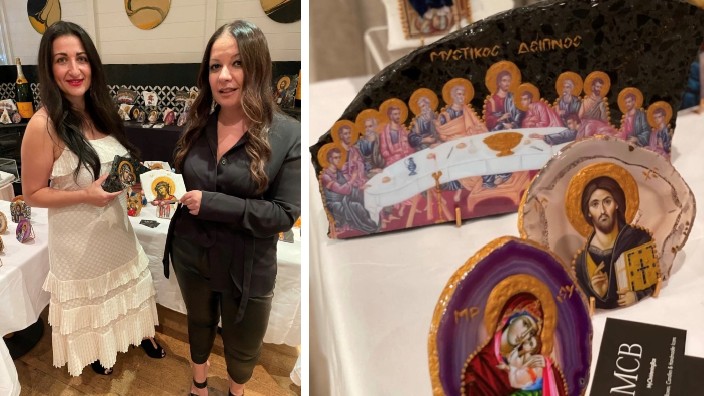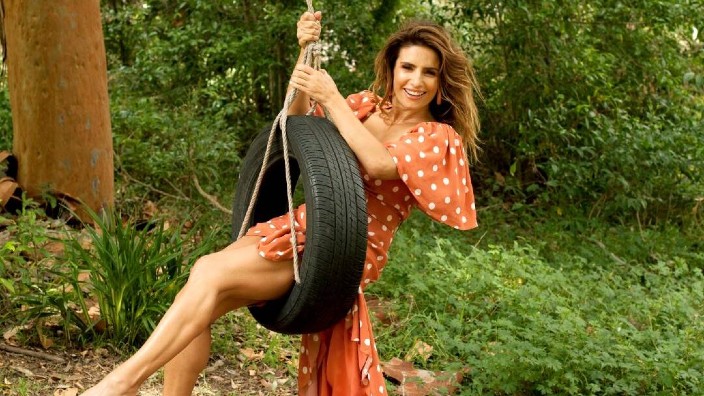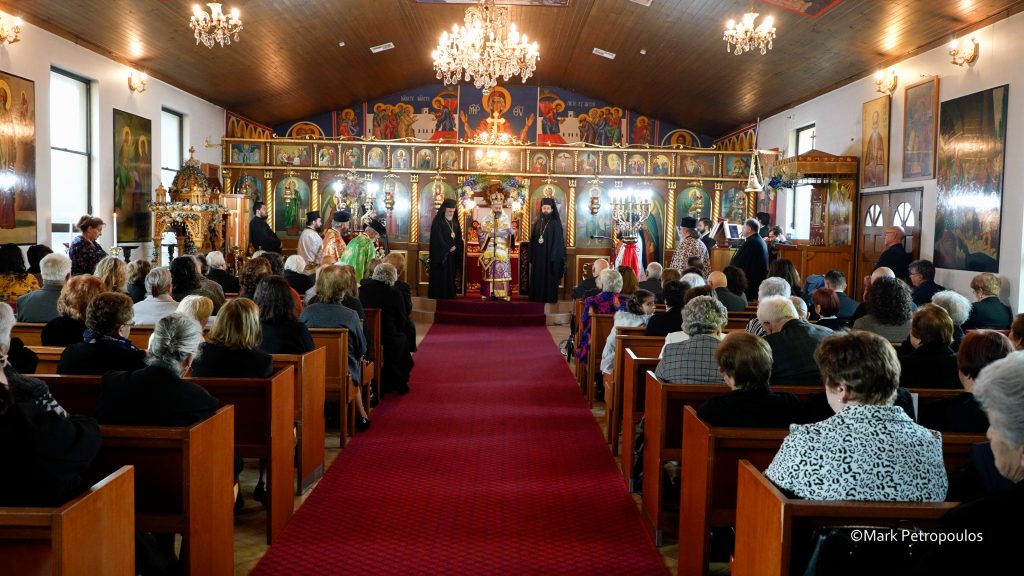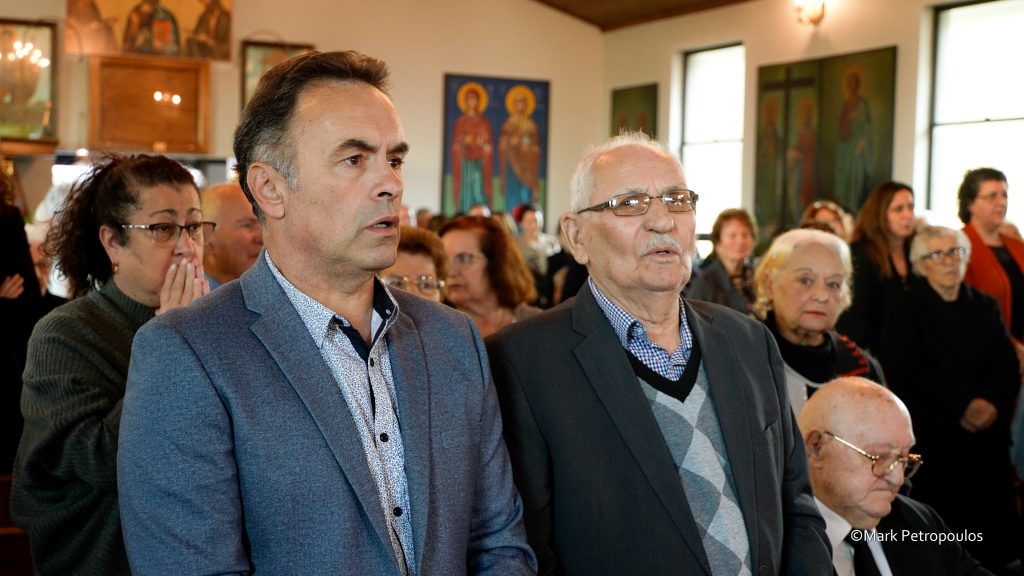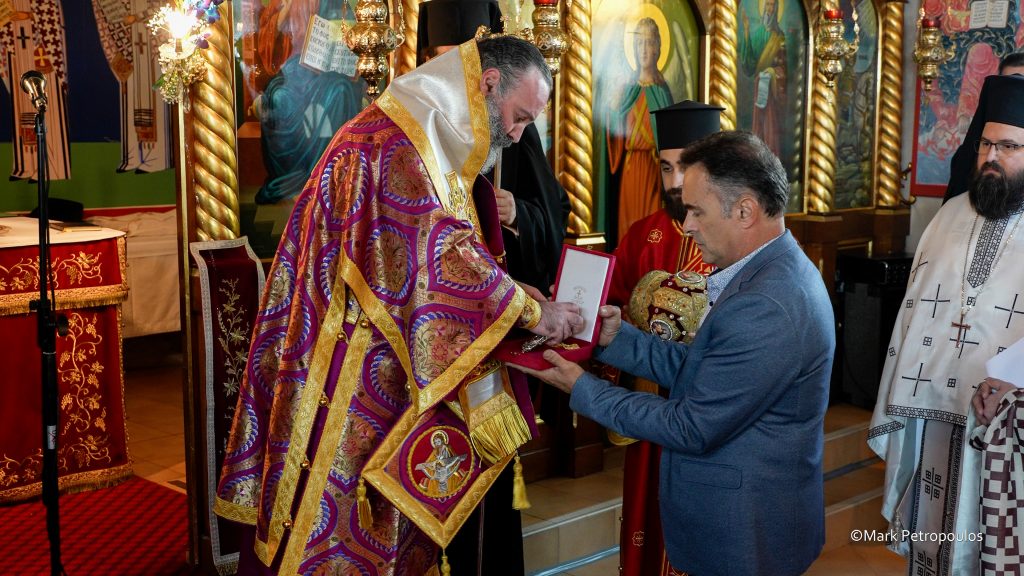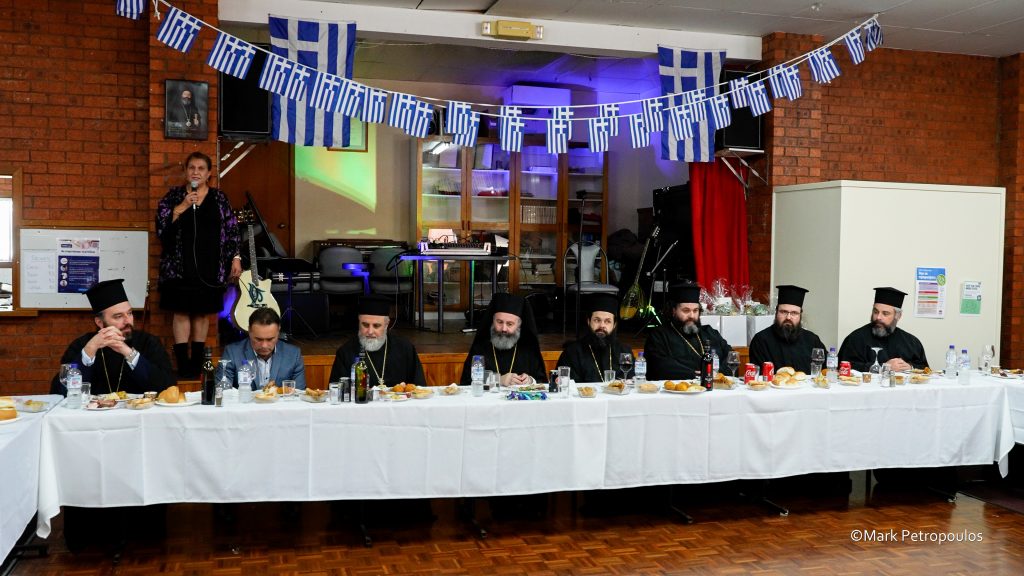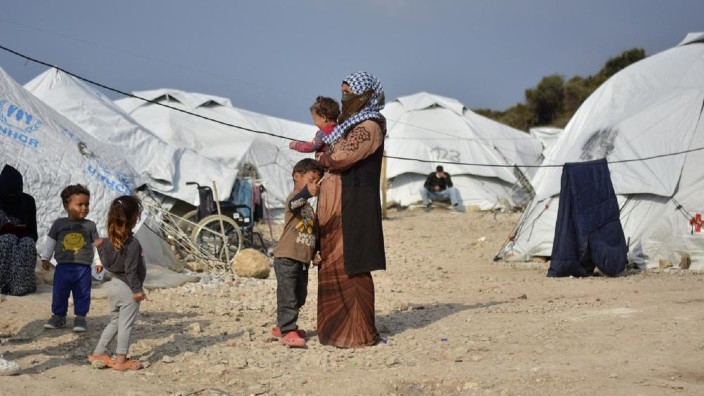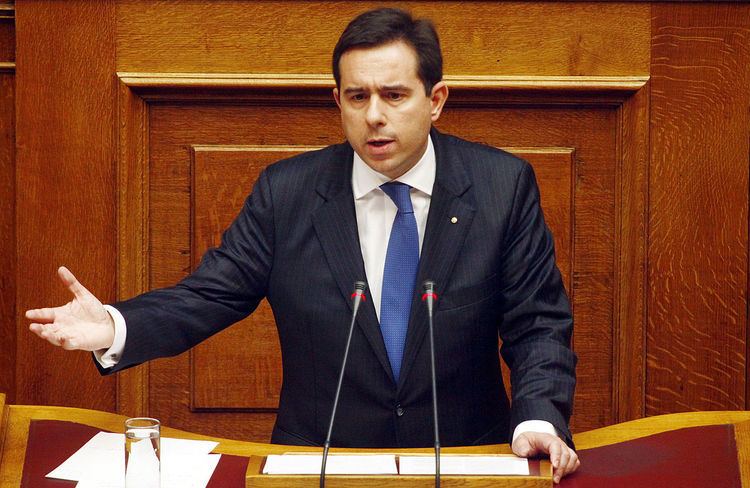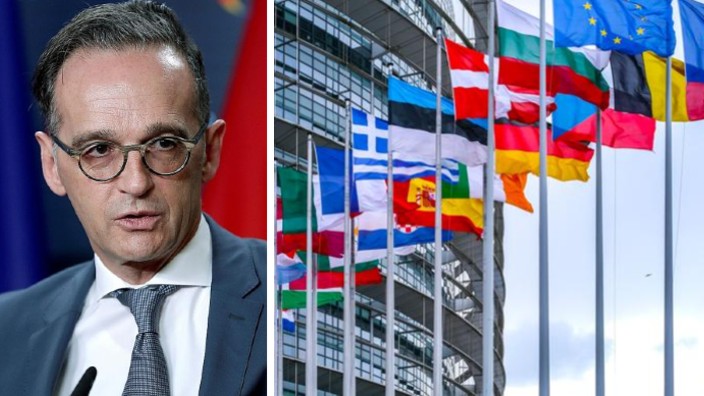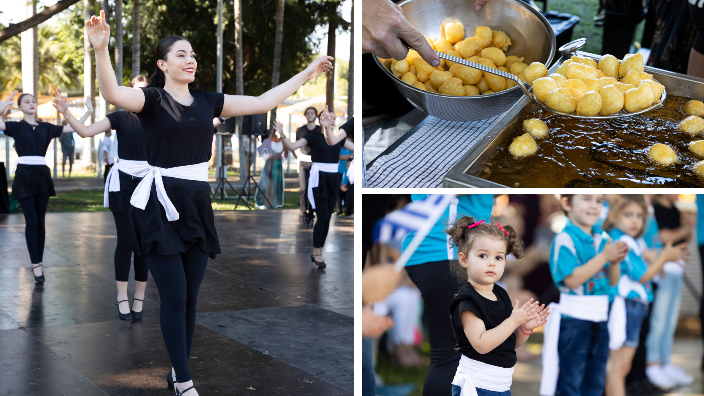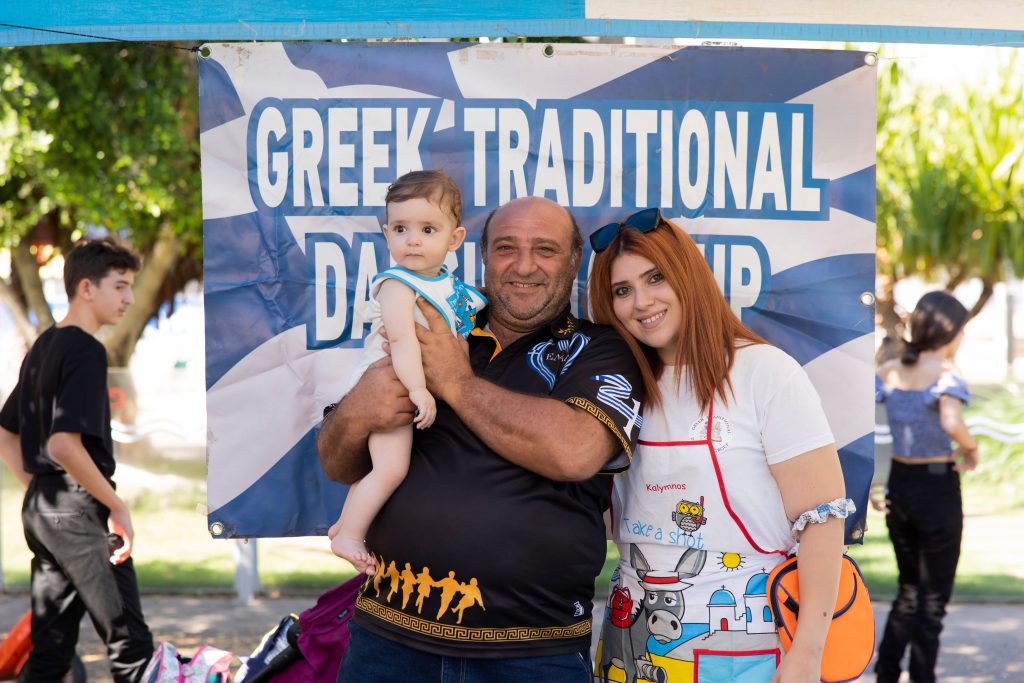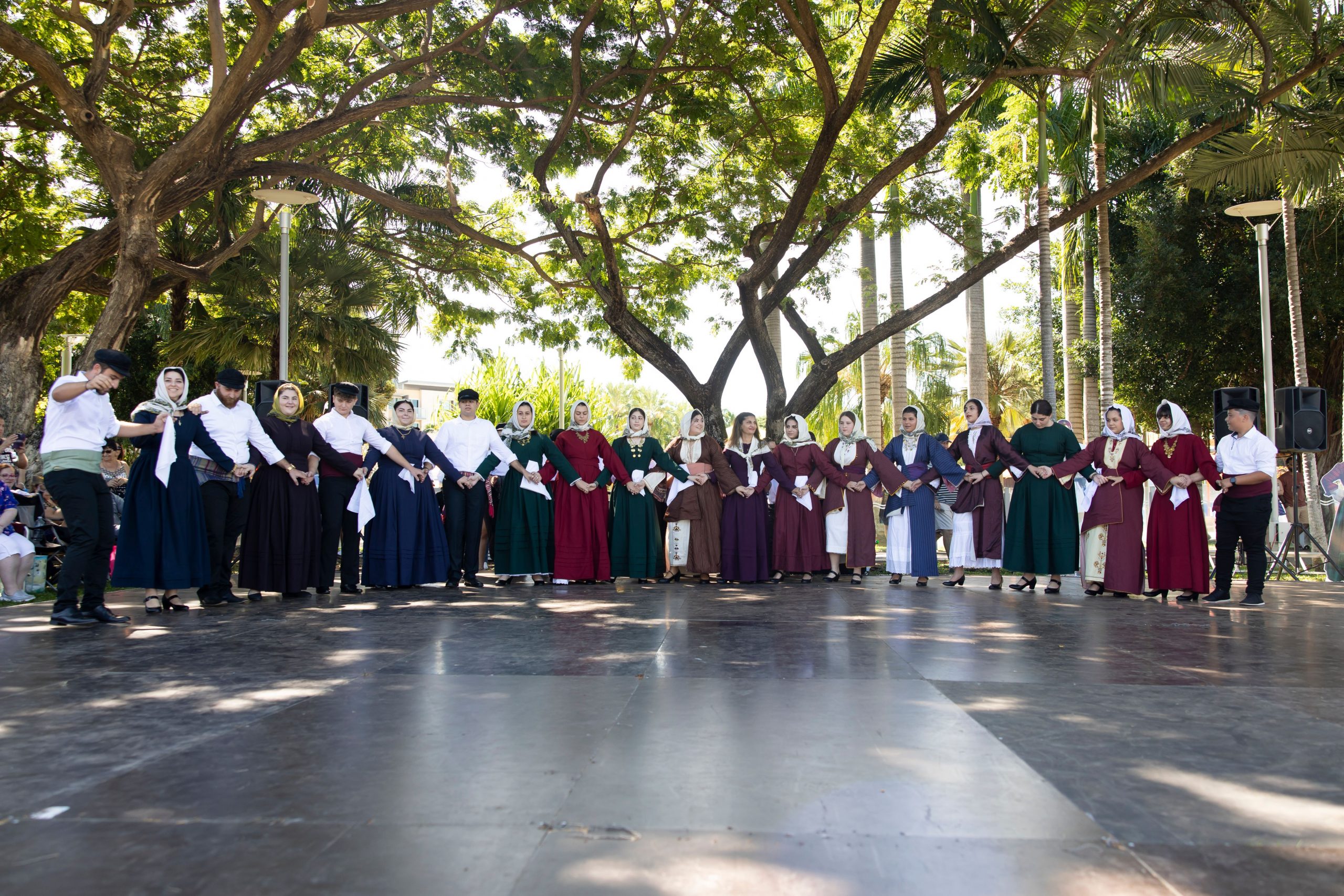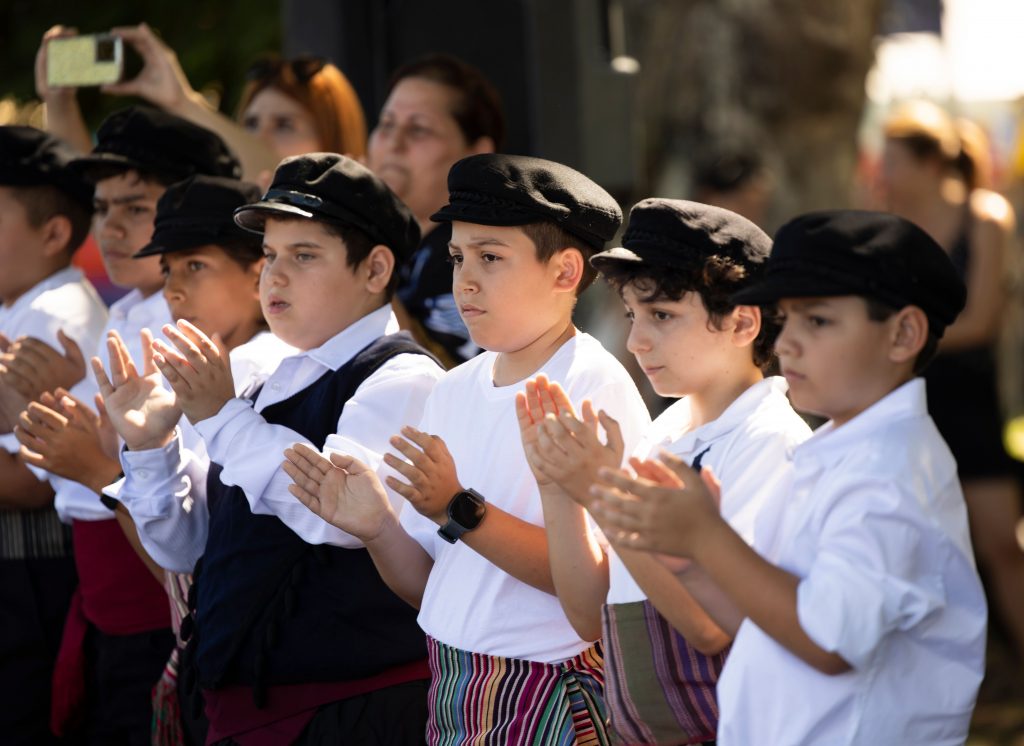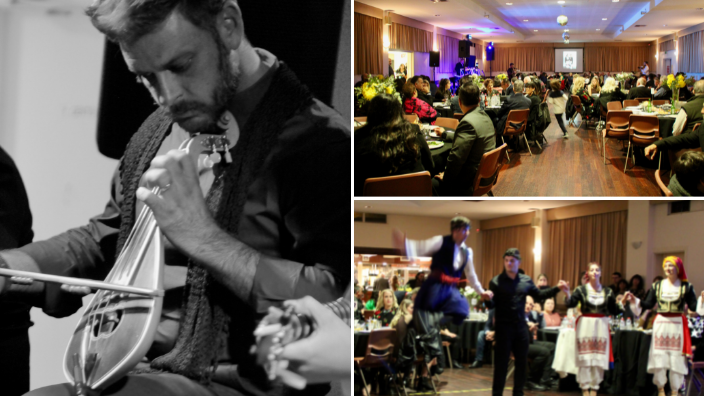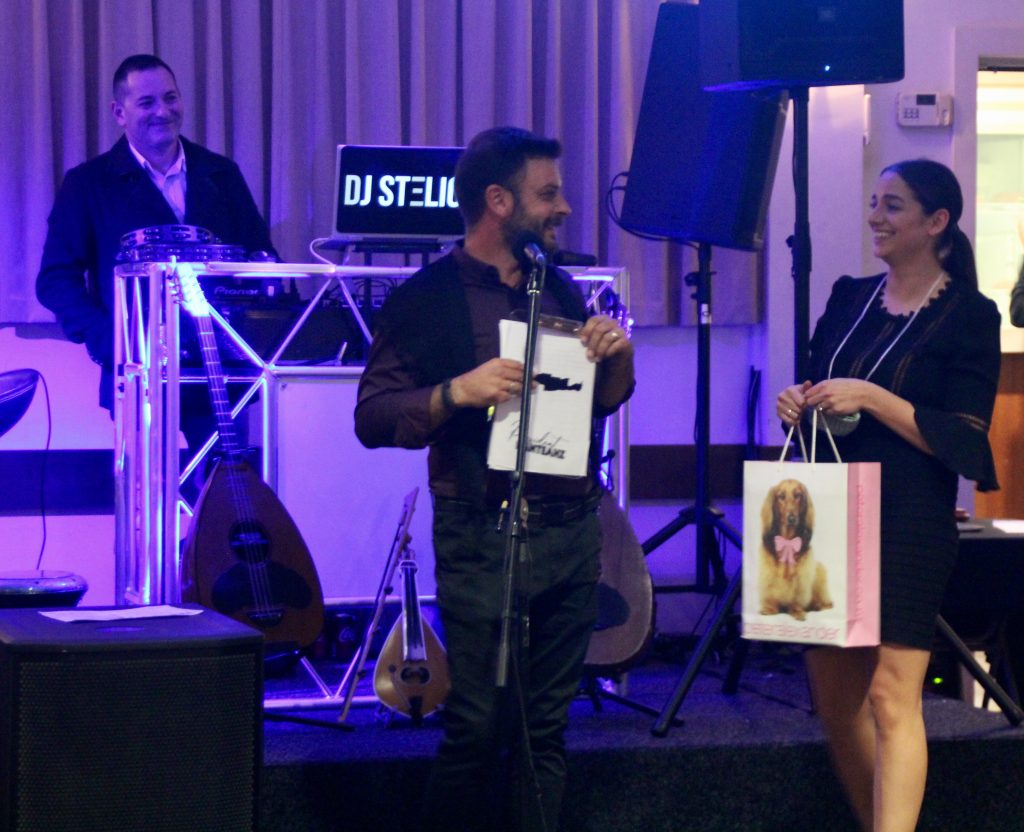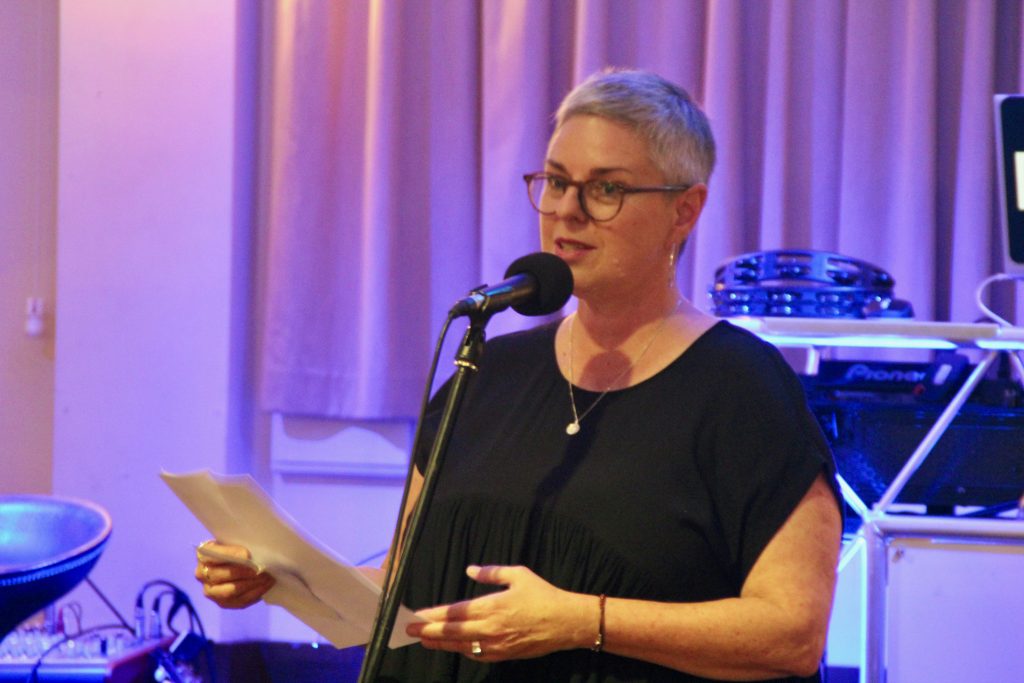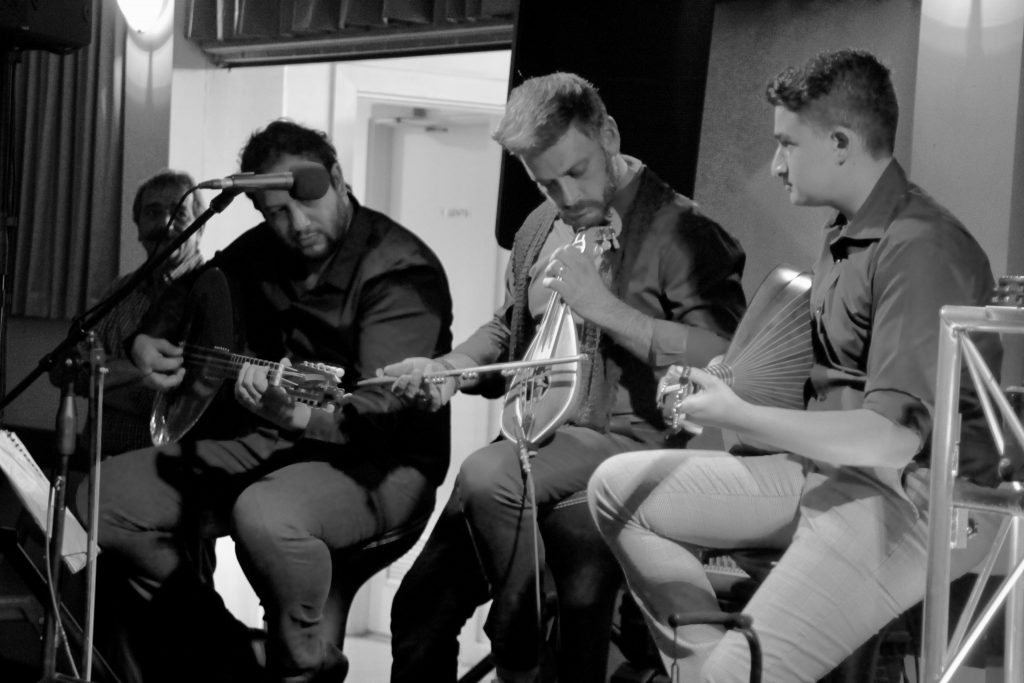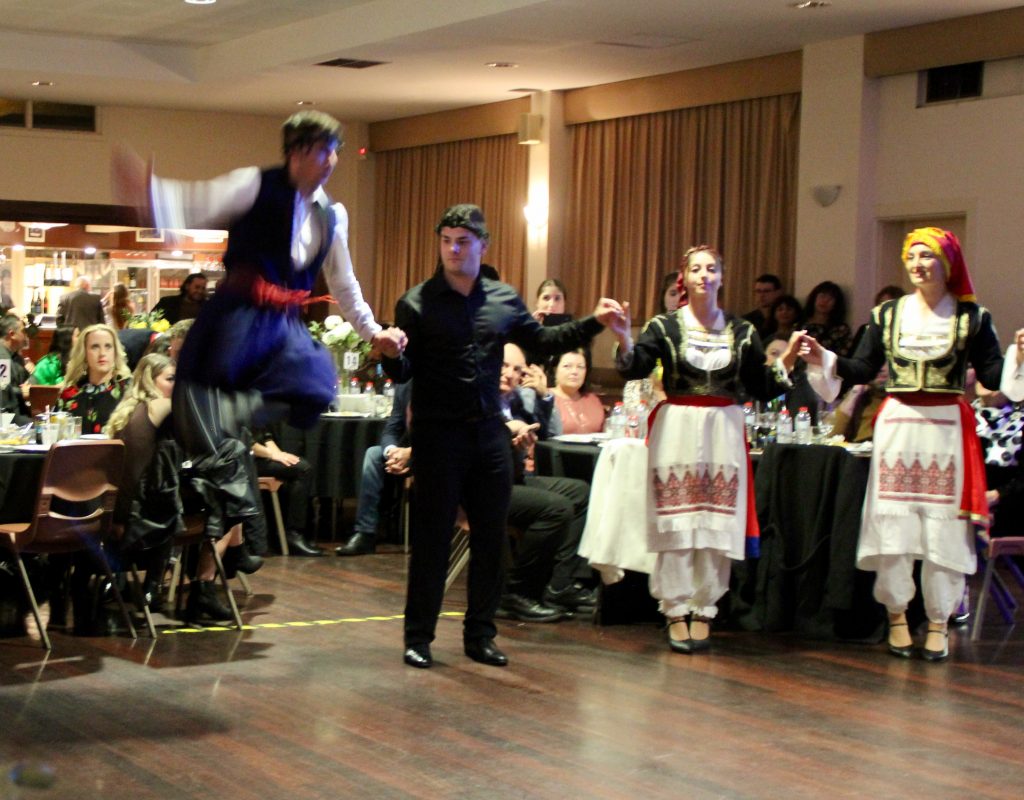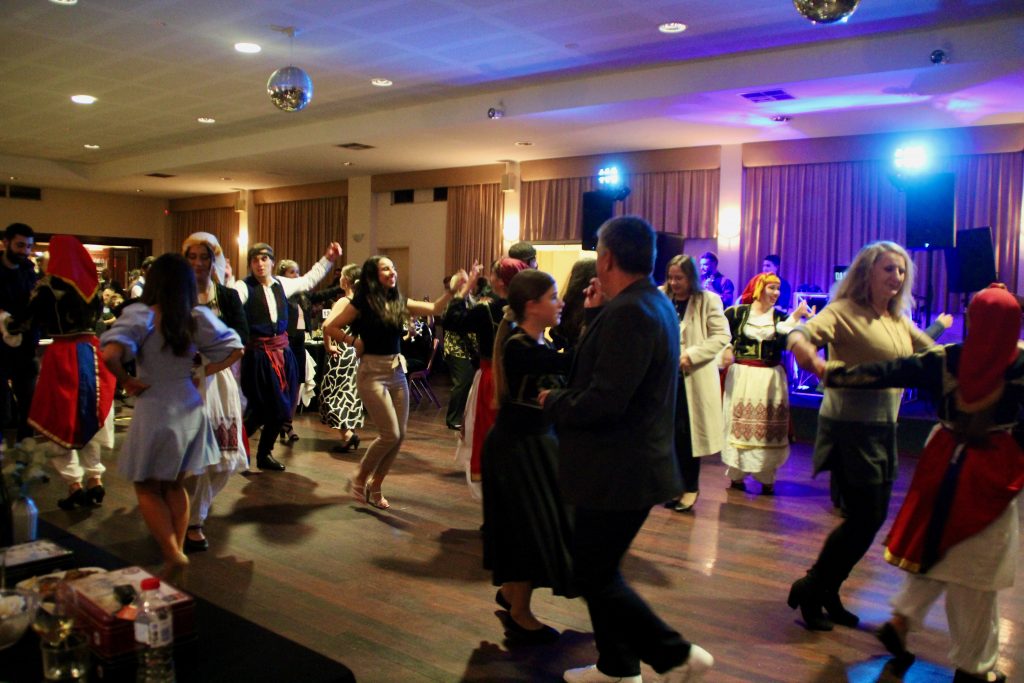Marble, Onyx, Brazilian crystal and Terrazzo. All luxury materials which most people don’t typically associate with religious icons.
That is until co-founders of ‘My Christening Box,’ Mary Panayi and Soula Violakis, came along with their brilliant and innovative idea to modernise and customise religious icons according to the needs and style of their business clients.
“We came up with the idea during COVID. Soula lost her job and I decided to leave an industry that I was in for 25 years,” Mary tells The Greek Herald exclusively.

“During this time, we recognised people were still having christenings without the celebrations as people still needed to christen their children. The thought was to create the essential christening box with a personalised icon to lower costs for an unpredictable future.”
From there, Mary and Soula, who have known each other for seven years, decided to launch their small business ‘My Christening Box’ and now offer “an Australian made perspex christening box with all the essential items included.”
“We decided to customise our icons with different types of marble, onyx, Brazilian crystal and terrazzo that is designed in Sydney for us and sent to Italy,” Mary explains.
“We crack the stone ourselves and then… transfer [the image] onto the cracked stone. We hand paint around the icon and then we use resin for a sleek finish.”

Although this process is clearly a time-consuming one, Mary says it’s rewarding and humbling to see how emotional clients get when they receive their icons.
“We strive to execute every single icon to perfection… We believe that our icons attract a Greek target market because it is a modernised take on a religious icon,” Mary says.
“Soula and I feel that if it is not up to us as parents to educate our children with our religious beliefs, it will all get lost. Our parents came here from Greece and passed on these beliefs and now it is our duty to do the same.”
If you would like your own personalised icon or christening box, you can find ‘My Christening Box’ on Instagram.
